How the Rental Assistance Demonstration program (RAD) is affecting the public housing industry
If you have been in public housing for more than 10 minutes then you have probably heard the term RAD at least a dozen times. The RAD program, called the Rental Assistance Demonstration program, was launched by HUD in 2012 and is designed to convert public housing programs and assets to a new Section 8 funding stream .
A unique aspect of RAD is that it also provides protection for tenants.This article explains that conversion is supposed to “provide opportunities to leverage funds to address short-term funding needs and make investments to preserve buildings’ long-term viability.” One way the RAD is designed to protect tenants is by including the right to return and the chance to get a “Choice Mobility” voucher, which allows residents the ability to request a voucher to use in the private rental market after the conversion is complete.
Under this conversion, which will take some time and considerable effort by the Housing Authority employees, public housing will be either partially or completely converted. The new funding stream is either a Project Based Voucher model or a Project Based Rental Assistance model, which both fall under Section 8 funding instead of public housing. If the Housing Authority already has a Housing Choice Voucher program, the transition is rather smooth as the employees have a preexisting understanding of the Section 8 model. However, if you are solely a public housing entity, this can be a challenge and employees will have to get up to speed on compliance and regulation under these models.
This decision to can be further complicated by not only converting to RAD, but using Low Income Tax Credit partnerships to rehab or completely rebuild the units. There is no shortage of consults waiting to help with this conversion, so be sure to pick a consultant that has the Housing Authority’s interests in mind first. You also want to choose a consultant who understands both the program and the accounting side of this big decision.
Chad Porter from Smith Marion & Co. has presented the good, bad and the ugly of the RAD process several times. On one end, RAD is one tool housing authorities can use to leverage additional funding while maintaining and improving housing quality; on the other end, RAD has been enormously controversial because of concerns about losing deeply subsidized housing units and the potential for tenant displacement. While SMCO is eager to address these concerns in the near future, the link we’ve included below can explain advantages and disadvantages from Porter’s professional perspective. He discusses the accounting aspects of the conversion and can help with further questions or concerns dealing with this topic.
If you have questions or just want to talk in understandable terms, contact Smith Marion & Co. or give us a call at 951-415-7284. Our team of dedicated professionals is prepared to provide the best possible services and solutions to every client, including you. We’ll provide detailed information about all of our team members to help you choose which rep is best suitable for your specific situation.
Chad Porter Speaks Out on HUD’S RAD Program
We have also included additional links that discuss different components of the RAD Program below:
Affects of HUD’s RAD Program on Tenants
Five Things HUD Wants You to Know About Public Housing Conversions
Tired of dealing with
complicated, impersonal
business services?
We get it – that’s why we offer something different. Our team of expert accountants are friendly, approachable, and dedicated to providing topnotch service. We’ll take the time to get to know you and your business, and we’ll tailor our services to meet your unique needs. Plus, we’ll make the whole process as easy and stress-free as possible. We’ve got you covered.

